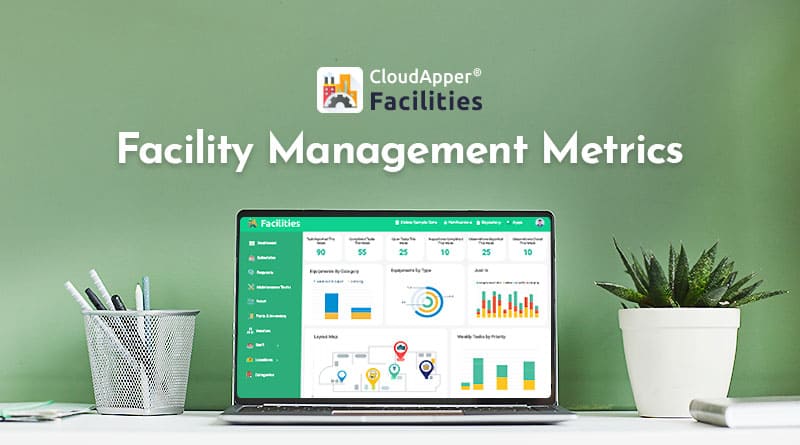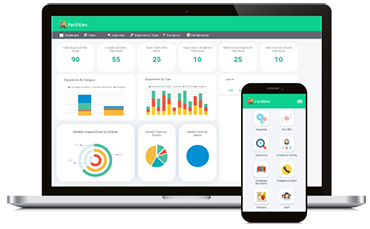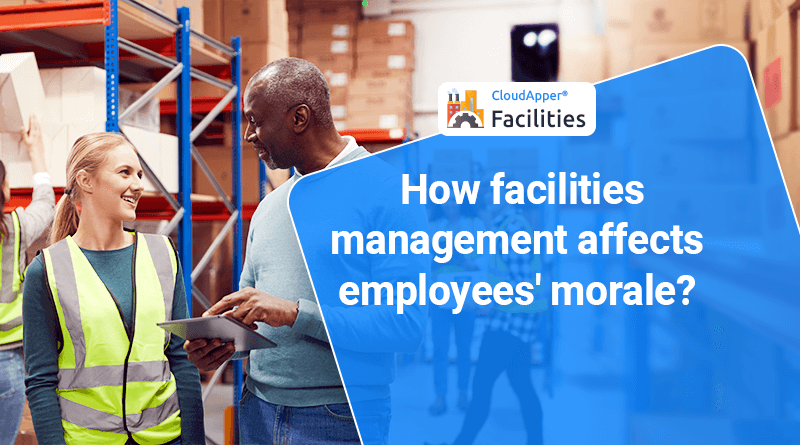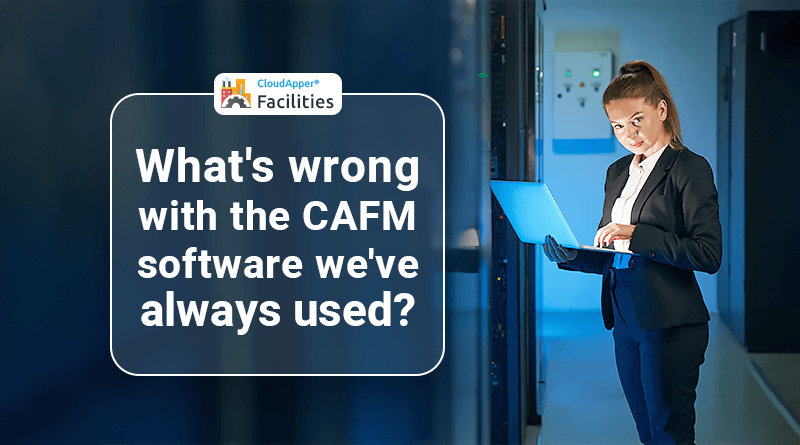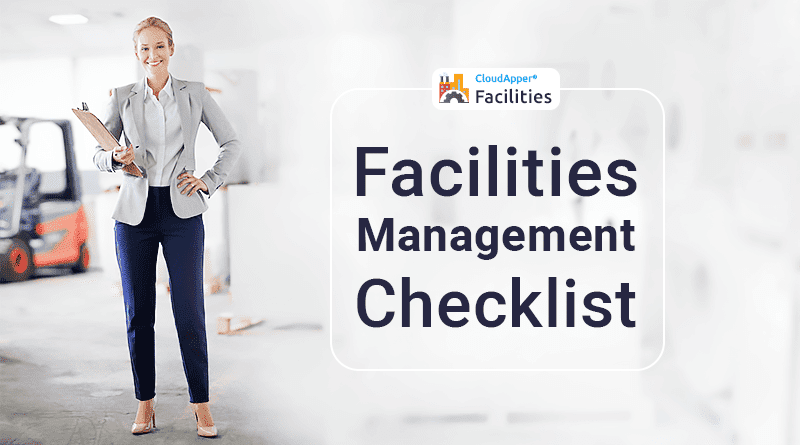Table of Contents
Facilities management metrics assign value to ideas such as efficiency, productivity, ROI, etc. When it comes to knowing how their facilities work, a good metric brings decision-makers on the same page. Most significantly, they quantify a wide range of workplace insights, such as organization, productivity, and reliability.
What are facility management metrics?
Facilities management metrics are a sort of Key performance indicator (KPI). They define the pinnacle of achievement and set the bar for excellence in whatever is being measured. Asset utilization efficiency, maintenance costs, emergency management, and operational flexibility are all possible KPI measures.
The role of facilities management metrics
Metrics, like our asset usage efficiency example above, isolate a qualitative variable and give quantitative insight. Another example is trustworthiness. How can you tell if the digital network at your workplace is reliable? It begins with the definition of a few key metrics:
- Over the last X days, how many unexpected outages have occurred?
- How long was the total downtime due to outages?
- How much does an outage cost in terms of typical utility costs or revenue per hour?
When data is attached to these questions, the picture of reliability becomes clearer. You may believe your network is trustworthy, and data may back you up or it may tell you otherwise. This is true for any variable you want to measure. Standardizing insights entails quantifying workplace variables.
You’ll have insights to make adjustments or monitor trends once you’re measuring the correct metrics and outlining the important workplace variables.
Choosing the right metrics and defining them
Benchmarking the relevant variables is the first step in properly quantifying workplace KPIs. All contributing aspects for what they’re measuring must be understood by facility managers. To understand asset usage, for example, data about the following is required:
- Total available assets
- Cost per asset
- Total number of employees
- Ideal asset per employee
Each variable is then included in the equation to calculate asset utilization. The actual assets available per employee can be calculated by dividing the available number of assets by the total number of employees in this case. The utilization relative to your target is calculated by dividing this amount by the optimum number of assets utilization efficiency goals. When you multiply these amounts by the cost per square foot, you get a dollar figure.
Anything quantifiable should be measured against the key KPI by facility managers. If your aim is to save 4% on utilities next quarter and your KPI is total utility expenses, track all contributing elements, including variables like individual utility bills.
Understanding how measurements contribute to your KPIs and how those KPIs affect your workplace requires properly defining metrics.
Using metrics to drive workplace improvements
Work your facility management metrics into KPI reports after you’ve defined the ones that important, and then work backward on each variable.
Assume you want to achieve a 100% asset utilization efficiency goal. You select the appropriate metrics and collect data to quantify them. Then you plug the totals from your metrics into your KPI reports, only to find that your asset utilization is at 110 percent, which is higher than you want it to be. Your facility has a scarcity of assets.
The first step in optimizing your workplace is to use metrics to detect asset availability. Now you must go backward and address the variables that make up your metrics. The issue is obvious: there are too many employees and not enough assets. You can fill in figures and run scenarios before making any significant changes, though, because you have well-defined metrics.
You may decide to relocate ten of your employees to different shifts, converting five of their workstations to hot desks and the remaining five to flexible workspaces. As a result, asset utilization has reached 100%.
The benefit of workplace metrics and the KPIs that they feed is that everything is quantifiable, allowing you to get insights before making adjustments. Who knows if a change will succeed without the proper metrics? What’s more, even if it did, how would you know?
Facilities metrics tell you what you need to know
Facility managers can achieve a highly optimized workplace by quantifying the intangibles of their workplace efficiency, productivity, and organization. KPIs and the metrics that define them make it easier to make significant changes that reduce costs, improve operations, boost employee morale, and improve workplace governance.
Facility managers will rely increasingly heavily on management metrics to generate critical insights as organizations become more cost-conscious. They can also use these insights to present important decision-makers with the knowledge they need to make adjustments that will keep their firm competitive.
Need help with tracking facility management metrics? CloudApper Facilities simplifies the process of tracking these metrics to provide in-depth data that reflects the performance of key assets in your organization.
What is CloudApper AI Platform?
CloudApper AI is an advanced platform that enables organizations to integrate AI into their existing enterprise systems effortlessly, without the need for technical expertise, costly development, or upgrading the underlying infrastructure. By transforming legacy systems into AI-capable solutions, CloudApper allows companies to harness the power of Generative AI quickly and efficiently. This approach has been successfully implemented with leading systems like UKG, Workday, Oracle, Paradox, Amazon AWS Bedrock and can be applied across various industries, helping businesses enhance productivity, automate processes, and gain deeper insights without the usual complexities. With CloudApper AI, you can start experiencing the transformative benefits of AI today. Learn More
